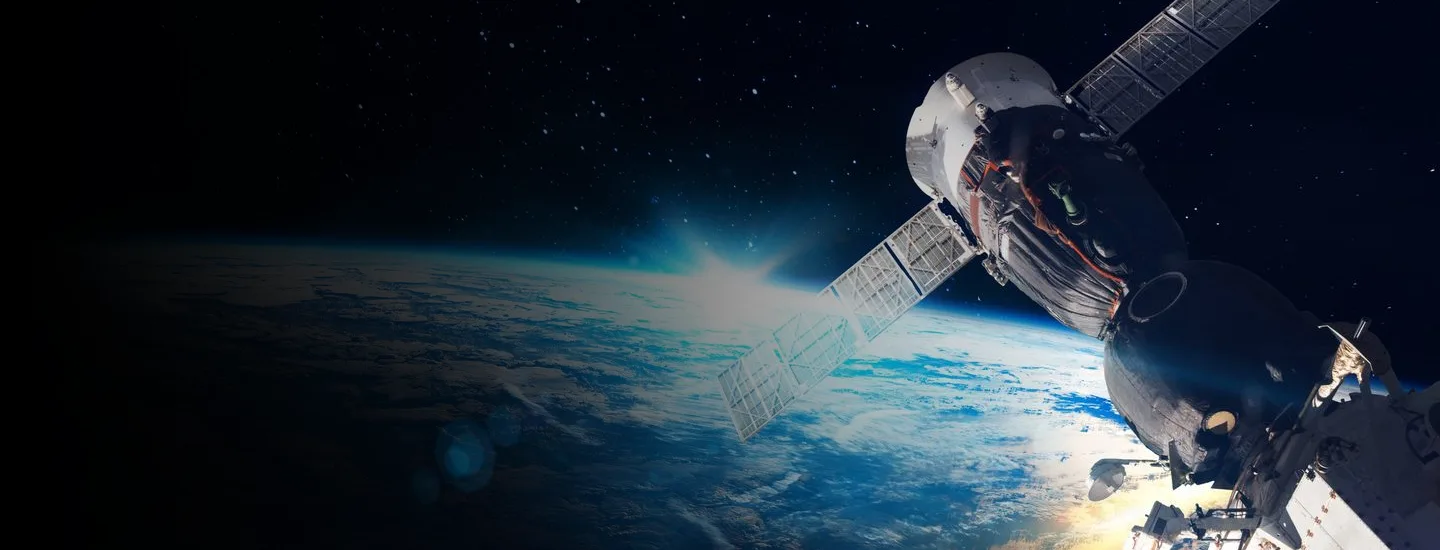The final frontier has always been a playground for vivid imaginations. It is also an increasingly compelling destination for investment, with headlines signaling multitrillion-dollar potential. This fuels fear of missing out on “the next SpaceX.”
This enthusiasm needs to be tempered. Many high-profile space ventures have plummeted from orbit, with some getting cut down to size or going bankrupt after burning through a galaxy of capital.
Winning in the $386 billion space market requires careful forethought. What are the hopeless moonshots and miscalculations? What are the sturdy bets? While investing in space requires a finely tuned strategy, it isn’t rocket science.
Finding bright spots, avoiding the black holes
Determining a plan of action requires cutting through immense hype surrounding the space sector. We see two specific areas consuming considerable investment but delivering substandard performance: small launch and low Earth orbit (LEO) smallsat constellations.
Failure to Launch
Small launch vehicle development has accelerated over the last decade. At least 166 different launch vehicles are notionally in development, according to a popular tracker. They are all chasing the exact same sliver of the $5.7 billion launch market.

Aside from the miniscule cut of topline revenue that these 166 vehicles are fighting over, the much deeper, more fundamental problem with small launch is it is not economical. Just like economies of scale seen with cargo aircraft and shipping, launch cost per unit mass drops at a dramatic nonlinear rate as launch vehicle size increases.

These small launch vehicles, as a result, are more than an order of magnitude costlier per kilogram than heavy launch vehicles.
Universe of problems: Constellations
Another high-visibility investment has been in LEO smallsat “constellations” – swarms of hundreds or thousands of tiny satellites in LEO that provide internet, imagery, or communications. Dozens of companies, some with considerable capital, have emerged to provide constellations over the last decade.
However, LEO smallsat constellations are challenged by the economics and science of constellation orbits. Generally, a minimum of about 200 (depending on the exact application and payload) is required before they can start to deliver sufficient global coverage to generate meaningful revenues.
A typical smallsat constellation requires a minimum of about $100 million of investment just to get to the revenue stage. In most cases, they reach this stage offering capabilities inferior to larger satellites already in orbit (constellation smallsats’ payloads are limited in capability by physical constraints such as size).
There are very few capabilities that truly require LEO satellites (as opposed to larger MEO or GEO satellites). And maintenance, operation, and costly ground infrastructure can add tens of millions in annual costs. Finally, the lifetime of a typical constellation smallsat rarely exceeds five years, so capex must be re-allocated periodically just to maintain operations.
It should be noted that there are some exceptions to this analysis. For example, OEMs that are able to provide spacecraft responsive to defense-specific applications - especially secure applications for the U.S. DoD - unlock additional financial returns not available in the commercial market.
Surefire space investment: Supply chain
Generating solid returns from space without putting capital at unnecessary risk requires a follow-the-money philosophy. This starts by focusing on the supply chain.
Lower-tier suppliers usually lack the attractiveness of the shiny ventures making headlines. Because they attract far less attention from investors, they typically carry reasonable valuations. Additionally, their business does not depend on whether highly speculative new business models can be validated.
Every builder – from incumbent OEMs to newest startups – needs the same basic parts to build every spacecraft and launch vehicle. These include batteries, aluminum panels, fuel tanks, and so forth.
This insulates lower-tier suppliers from volatility and eliminates the guessing game that comes with predicting whether “new space” or “old space” business models will win out. It is fairly easy to predict the fundamental components that will make up the spacecraft of the future.
Finding the "ball bearings" of space
The U.S. military thought the entirety of the German war machine in 1943 depended on ball bearings. Without them, Nazi tanks, engines, ships, guns, aircraft would all cease to function.
As a result, a bombing raid was staged against Schweinfurt, the city where German ball bearing production was concentrated. If this single industrial bottleneck was jammed, the entire war economy could potentially collapse. This mission failed, but the lesson is that supply chains often depend on a small number of production centers, which are poorly diversified and have few backups.
Investors must identify the equivalent vulnerabilities in the space industry. These opportunities span the range of bus-related components needed by all spacecraft. Potential bottlenecks include:
- In the West, there are only four major merchant suppliers of spacecraft batteries.
- There are three suppliers of science-grade cameras.
- One of the remaining independent producers of radiation-tolerant flight computers was taken off the market by a strategic investor in 2021.
- Three major suppliers of space-grade solar cells remain.
- There are four major manufacturers of the reaction wheels that most spacecraft rely upon to turn and maintain their position in space.
- Consolidation and acquisitions have left four large manufacturers of the chemical thrusters that many high-value spacecraft rely upon for delta-V and attitude control.
For most opportunities, spacecraft builders’ choices are even more constrained than the above list suggests. Technical, financial, or political factors will usually eliminate one or more of the competitive options, in many cases leaving only one realistic supplier.
Beyond spacecraft components, the market for ground segment equipment (the antennas, terminals, computers, processors, and other equipment that allows for the actual usage and commanding of the satellites from the ground) is over $30B annually, and receives minimal attention from most investors, as it lacks the excitement factor of the space and launch segments.
Undervalued opportunities still exist for interested financial and strategic investors, but they must act quickly to acquire the most valuable remaining targets. Because these suppliers have a captive market, they are being rapidly taken off the market by OEMs that are aggressively consolidating.
Head in Space, Feet on the Ground
Fear of missing out can drive irrational behavior, particularly when it comes to investment decisions. For companies and investors looking to enter the ever-expanding space market, an investment approach that focuses on lower-tier suppliers is likely the best place to start.
The flashy spacecraft and awe-inspiring launches generate most of the publicity, but wise investors will notice that it’s the suppliers that are generating most of the economic profit when considering optimal points to enter this market.
Read the PDF version here.
For a deeper discussion about this topic, contact:
Eric Bernardini
Global lead, Aerospace, Defense, and Airlines
[email protected]
David Wireman
Partner & Managing Director
dwireman@alixpartners.com



